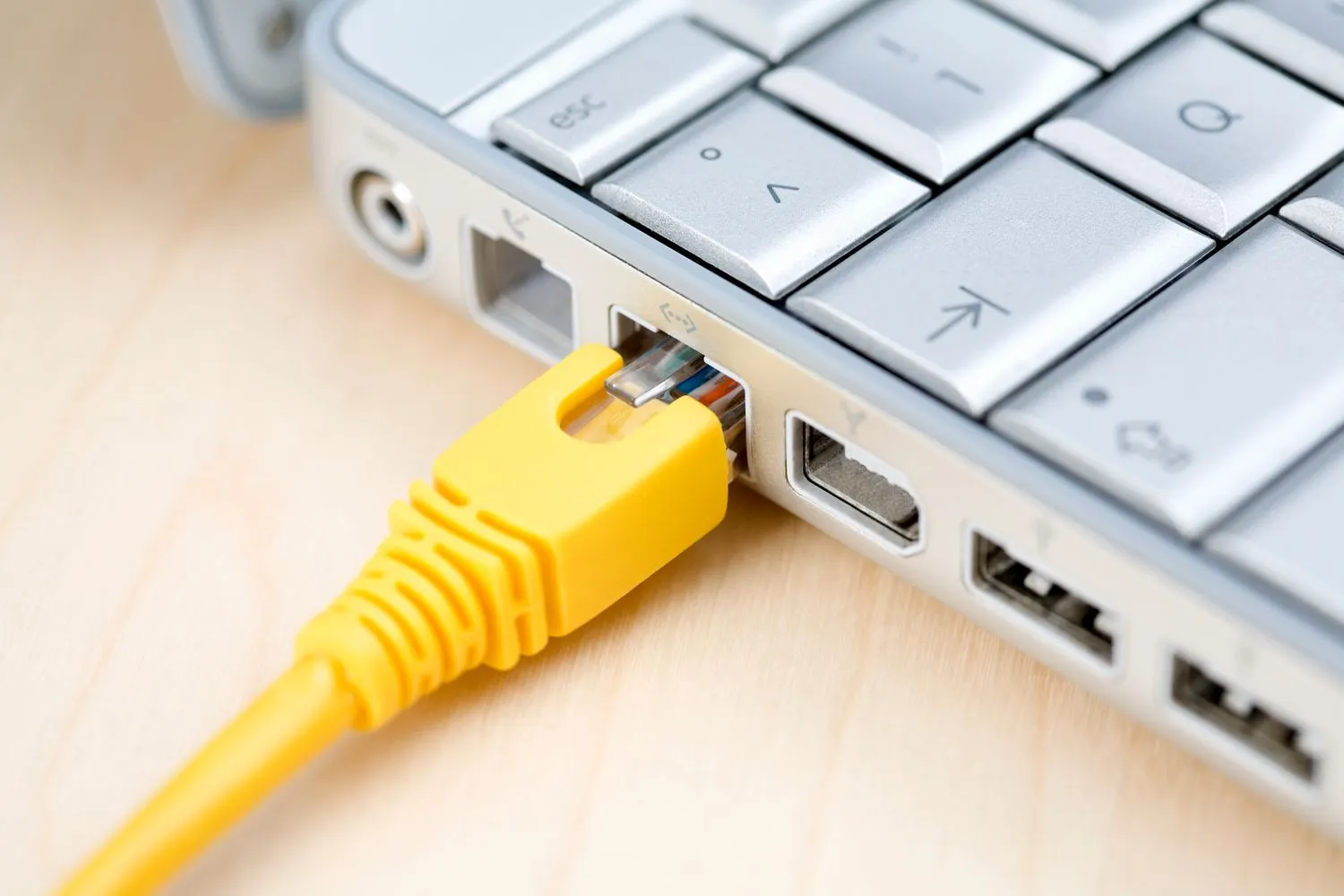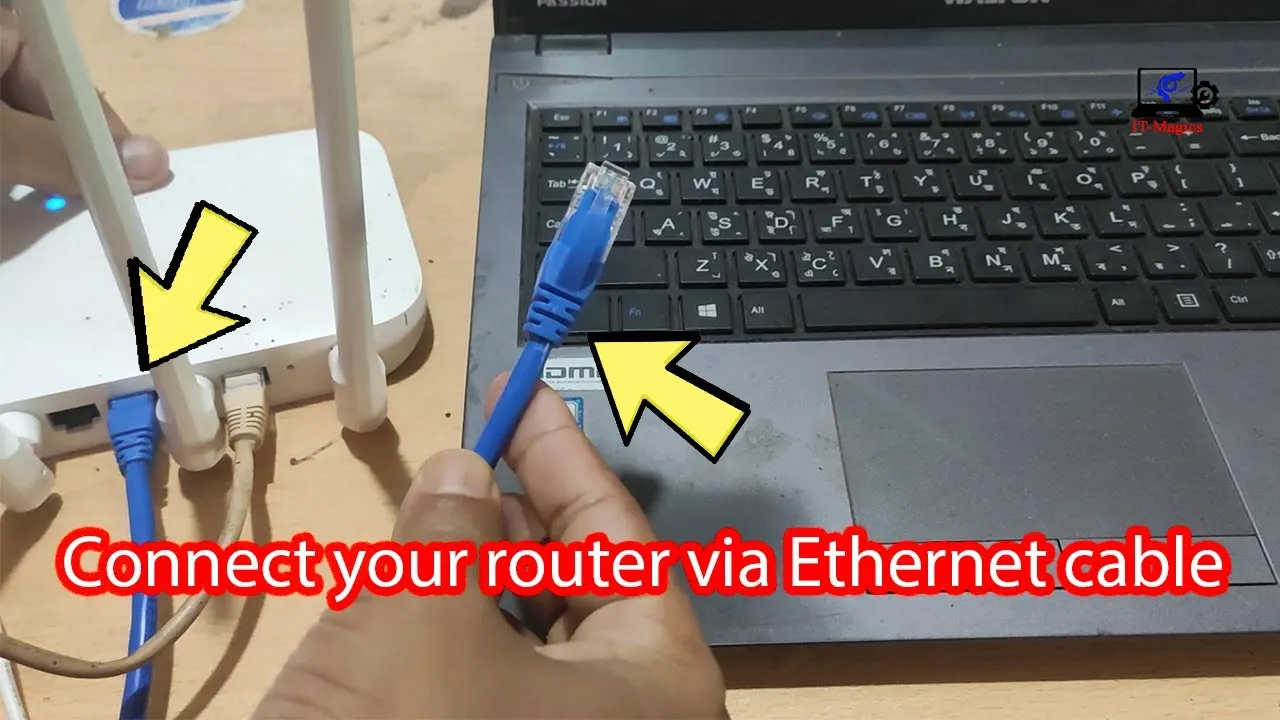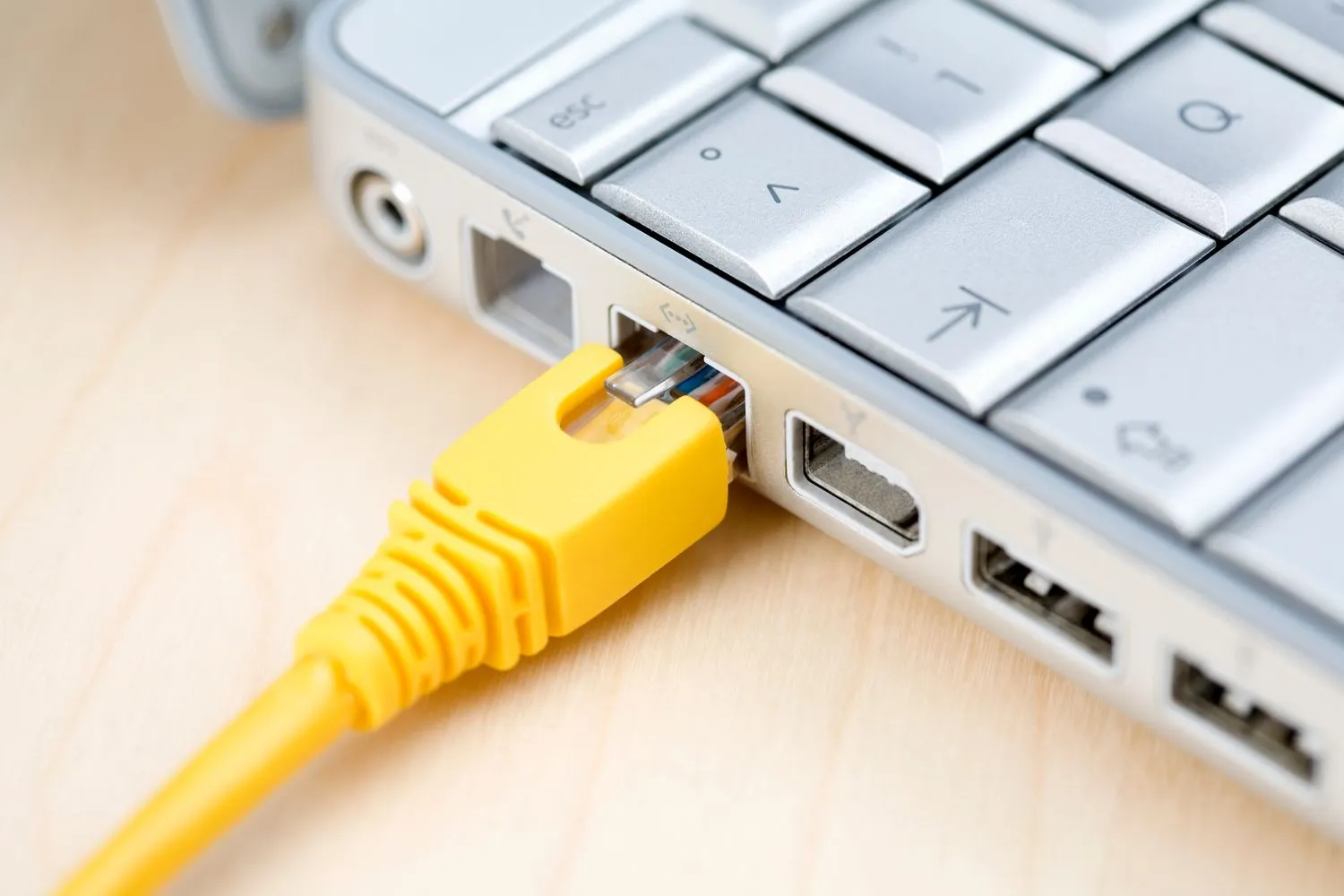
How to Plug Ethernet into Your Laptop: A Comprehensive Guide
In today’s digitally connected world, having a stable and fast internet connection is crucial, especially for laptops used in various settings such as offices, homes, and on the go. While Wi-Fi offers convenience, Ethernet connections provide unparalleled reliability and speed. In this guide, we’ll explore the simple steps to plug Ethernet into your laptop, ensuring a seamless internet experience.

Check Out: How To Take Screenshots On Acer Laptop
Understanding Ethernet Connection
Ethernet is a standard method for connecting devices in a local area network (LAN) using a wired connection. It utilizes Ethernet cables to transmit data between devices, offering faster and more stable connectivity compared to Wi-Fi.
Benefits of Ethernet Connection
- Faster Speeds: Ethernet connections typically offer faster data transfer rates compared to Wi-Fi, making them ideal for tasks requiring high bandwidth.
- Stability: Ethernet connections are less prone to interference and signal drops, providing a stable internet connection for uninterrupted work or gaming.
- Security: Wired connections are more secure than wireless ones, as they are not susceptible to hacking or unauthorized access from outside sources.
Steps to Plug Ethernet into Your Laptop
-
Check Your Laptop’s Ports: Before proceeding, identify the ports available on your laptop. Most laptops feature an Ethernet port located on the side or back of the device.
Recommended: What Are The 10 Advantages Of Laptop
-
Acquire an Ethernet Cable: Purchase an Ethernet cable of appropriate length to reach from your laptop to the Ethernet outlet or router. Ensure the cable is compatible with your laptop’s Ethernet port and the network infrastructure.
-
Connect the Ethernet Cable: Follow these steps to connect the Ethernet cable to your laptop:
Check Out: How To Reformat Laptop Windows 10
- Insert one end of the Ethernet cable into the Ethernet port on your laptop.
- Insert the other end of the cable into the Ethernet outlet on the wall or the Ethernet port on your router.
-
Check Connection Status: Once the cable is securely plugged in, check the network status on your laptop. Look for the network icon in the system tray or network settings to confirm the Ethernet connection.
-
Configure Network Settings (if necessary): In most cases, your laptop will automatically detect and configure the Ethernet connection. However, if you encounter issues, you may need to manually adjust network settings such as IP address and DNS server.
Troubleshooting Ethernet Connection Issues
- Check Cable Connections: Ensure the Ethernet cable is firmly plugged into both your laptop and the Ethernet outlet or router.
- Restart Devices: Sometimes, a simple restart of your laptop or router can resolve connectivity issues.
- Update Network Drivers: Update your laptop’s network drivers to the latest version to ensure compatibility and stability.
- Check Router Settings: Verify that your router settings allow for Ethernet connections and that the ports are not blocked.
Frequently Asked Questions (FAQs)
Q: Can I use Ethernet and Wi-Fi simultaneously on my laptop?
A: Yes, most modern laptops allow you to use both Ethernet and Wi-Fi connections simultaneously. This can be useful for scenarios where you need a backup connection or want to combine the bandwidth of both connections for faster speeds.
Q: What is the maximum length of an Ethernet cable I can use?
A: The maximum recommended length for Ethernet cables is 100 meters (about 328 feet). Beyond this length, signal degradation may occur, affecting network performance.
Q: Do I need special software to use Ethernet on my laptop?
A: Generally, no special software is required to use Ethernet on your laptop. The necessary drivers are typically pre-installed on most operating systems, and your laptop should automatically detect the Ethernet connection.
Q: Can I connect my laptop to Ethernet using a USB adapter?
A: Yes, if your laptop does not have a built-in Ethernet port, you can use a USB-to-Ethernet adapter to connect to a wired network.
Q: Are there any security risks associated with using Ethernet?
A: While Ethernet connections are generally considered more secure than Wi-Fi, it’s essential to take precautions such as using encryption protocols (e.g., WPA2) and keeping your network hardware and software updated to mitigate potential security risks.
Conclusion
Plugging Ethernet into your laptop is a straightforward process that offers numerous benefits, including faster speeds, stability, and enhanced security. By following the steps outlined in this guide and troubleshooting common issues, you can enjoy a reliable and efficient internet connection for your laptop’s various needs. Whether you’re working, gaming, or streaming content, Ethernet provides the connectivity you can count on.
Further Reading: How To Take Screenshot On Laptop Windows
Related Post: How To Reformat Asus Laptop

